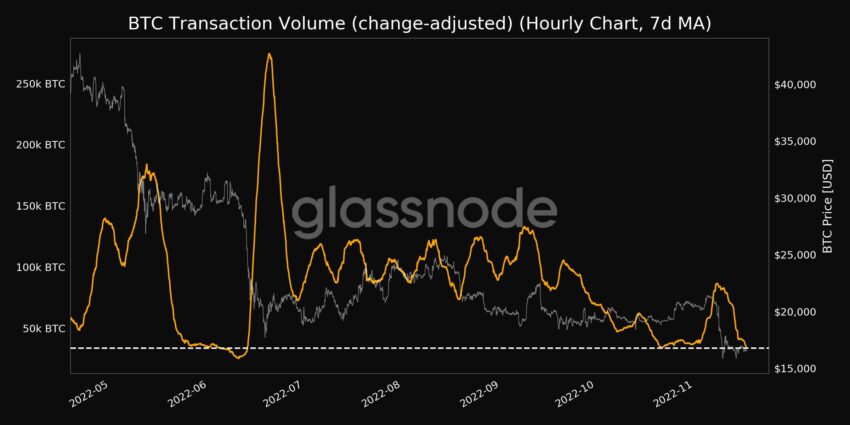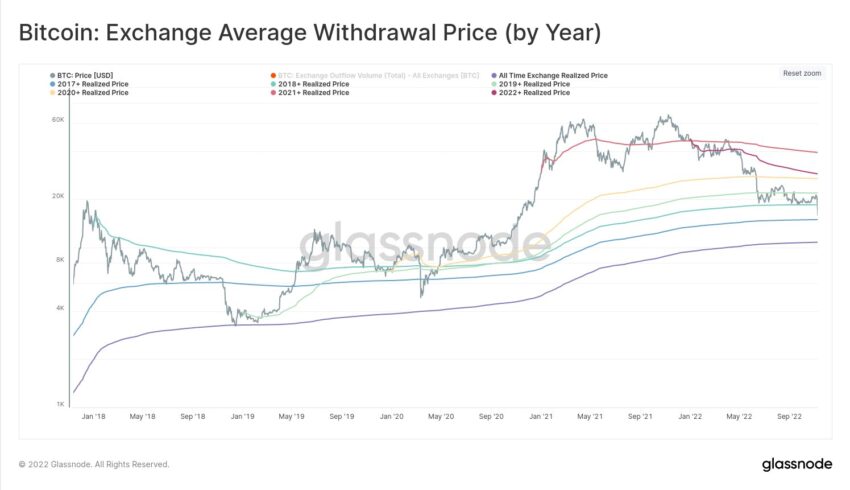
2019-2-14 22:51 |
The Bitcoin (BTC) price could become more stable than that of many other cryptocurrencies, including XRP, so long as investors can accept fluctuating prices, according to a financial academic. He says that Bitcoin becomes more volatile when there are more speculators in the market.
Emiliano Pagnotta, Assistant Professor of Finance at Imperial College London, argues in a new academic paper that when Bitcoin holders are able to anticipate and tolerate fluctuating prices, the price dynamics allow the network to stabilize to a greater degree than that of XRP.
When there is more short-term speculation, Pagnotta argues, Bitcoin becomes more volatile.
Titled: Bitcoin as Decentralized Money: Prices, Mining, and Network Security, the paper suggests Bitcoin’s value can be correctly determined by recognizing aspects of the network that drive demand, the economic viability of mining and ultimately, price stability.
Like any other market, Bitcoin price is determined by the equilibrium between demand and supply.
However, mining has a unique influence on price. Not only does it determine aspects of supply – allowing newly minted BTC to enter the market – it also determines the network’s security. Fewer miners means less hashing power, which necessarily makes the network less secure.
Pagnotta says there is a direct correlation between the network’s security and the value of the underlying asset: a network at risk of a 51% attack is unlikely to attract many users.
The hack on PoW protocol Ethereum Classic (ETC), in January, wiped $50M from the market cap in just one day, with similar attacks afflicting Bitcoin Gold and Vertcoin. “Consumers like more miners in the system because more miners means more security,” Pagnotta told Crypto Briefing in a telephone call.
This creates a “feedback loop,” whereby a token on a secure network commands a higher price, with the added effect of attracting more miners and, therefore, more hashing power. A higher BTC value necessarily makes mining economically viable and profitable.
How is this different from XRP?This is fundamentally different to XRP. Although the demand side is very similar – consumers buy both BTC and XRP for transactions as well as for speculative purposes – the network isn’t secured in the same way.
Nodes are not rewarded for securing the XRP network; demand and the underlying XRP price never influence the network’s security.“Security remains constant for Ripple,” Pagnotta explains. “If XRP’s price goes from $0.3 to $0.5, so to speak, no one would argue that Ripple’s network is now more secure.”
Whereas security – through higher hashing power – can determine the bitcoin price, this doesn’t happen with XRP. Although Pagnotta points out the underlying Ripple tech could be upgraded and made more secure, the model is nonetheless “fundamentally different.” Nodes will not suddenly stop securing the network if the XRP price drops.
Speculators create volatilityPagnotta believes this determines price volatility, depending on whether investors are myopic or forward-looking. “If I think prices are on some mechanical trend then I am myopic,” he says. “I am forward looking when I can take more factors – downward as well as upward influences – into the equilibrium.”
BTC is less volatile than XRP when investors are more forward-looking, and more volatile when they are myopic. In the latter scenario, similar to the beginnings of 2018, a negative BTC price trend will cause more investors to divest, which will have a detrimental effect on the network’s hashing power.
Although this also applies to XRP, a declining price doesn’t impinge security, meaning volatility is subdued.
However, when investors and miners are forward-looking and able to accept fluctuating prices. Pagnotta argues that demand will likely increase and miners would be incentivized to “contribute more resources to security.” This is so they can preserve the token price and prevent additional negative pressure.
“This effect on security moderates the initial negative effect of the network size drop, so the required appreciation on the token price is more moderate for Bitcoin than for XRP,” Pagnotta says. “The opposite happens when there is positive demand shock. With consumers displaying rational forward-looking expectations, therefore, price volatility is higher for XRP.”
What’s next?Pagnotta’s paper sets out a new pricing model for Bitcoin. His next goal is to determine what percentage of BTC holders are speculators, compared to those using BTC as an exchange or store of value. He says this will allow him to better understand volatility and even predict future prices, at least in the short term.
But he’s confident that as the sector matures, with investors getting a better understanding of price movements and utility, there will be less short-term speculation and a greater preponderance towards forward-looking behaviors. “As bitcoin is used more and more for transactions, purely speculative price fluctuations should become less dramatic,” he said, in a follow-up email.
Bitcoin went through a period of relative stability at the beginning of Q4 2018. For around a month, up until mid-November, BTC held a steady course at the $6,500 mark – it was sometimes even called an “unofficial stablecoin.” During that same period, XRP, which had been on a gradual decline since the summer, shot up in value.
Pagnotta points out that there will never be a period where crypto doesn’t have speculators. But as the market saw in October, when the market reaches equilibrium, the BTC price can remain steady. It was only the controversial Bitcoin Cash (BCH) hard fork, and the SEC ordering two ICO projects to reimburse investors, which sent the sector into meltdown; bitcoin’s value was effectively halved.
It will take time for BTC to become a store or exchange of value, and not a purely speculative tool; but as this takes place, the BTC price will become stable.
Moonshots. When Lambo? 10x’ing. These are the last remaining vestiges of a forgotten world.
The author is invested in digital assets, including BTC which is mentioned in this article.
Join the conversation on Telegram and Twitter!The post Bitcoin Could Become Less Volatile Than XRP, Scholar Argues appeared first on Crypto Briefing.
origin »Bitcoin (BTC) на Currencies.ru
|
|






